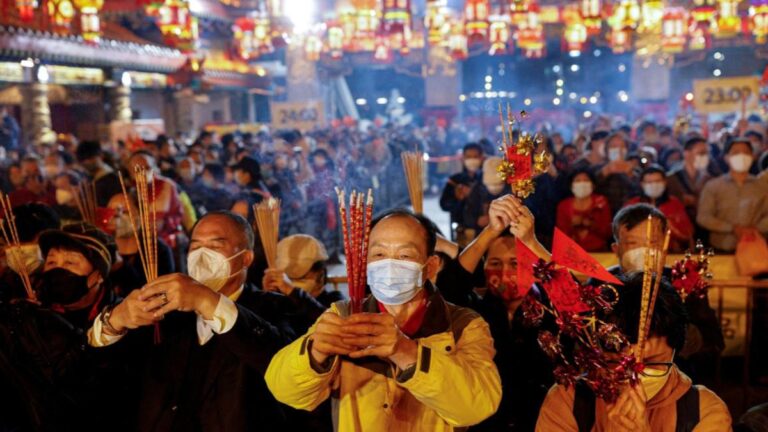Lunar New Year is the beginning of a new year based on the lunar or lunisolar calendar. A lunar calendar follows the phases of the moon, while a lunisolar calendar follows both the phases of the moon and the time of the solar year. This event is celebrated by many cultures in different ways and on different dates. Here are some of the most well-known Lunar New Year celebrations around the world.
Losar
Losar, also known as Tibetan New Year, is a Tibetan Buddhist festival. This holiday is celebrated on different days depending on the region (Tibet, Bhutan, Nepal).
Tet
Tet (short for Tet Nguyen Dan (“Festival of the First Day”)) is the most important celebration in Vietnamese culture. Tet celebrates the arrival of spring according to the Vietnamese calendar and usually falls in his January or February month of the Gregorian calendar. Vietnamese celebrate Tet every year based on the lunisolar calendar (which calculates both the movement of the earth around the sun and the movement of the moon around the earth). Tet is usually celebrated on the same day as the Lunar New Year (also known as the Spring Festival), but due to the one-hour time difference between Vietnam and China, the new moon occurs on different days. This year Tet was on February 10th.
Solral
Seollal is a traditional Korean festival and national holiday that commemorates the first day of the lunisolar calendar. This day is one of the most important traditional holidays for the Korean people, and is celebrated in both North and South Korea, as well as the Korean diaspora around the world. During this period, many Koreans visited their families and performed rituals for their ancestors.
Ryukyu New Year
Ryukyu New Year is the traditional New Year of the Ryukyu Islands (Amami Islands in Okinawa and Kagoshima Prefectures, Japan). Although Japan has been fully using the Gregorian calendar since the Meiji Restoration, the Ryukyu Islands still celebrate the New Year on January 1st of the lunar calendar. In 1674, the Ryukyu Kingdom first established a calendar based on the Shisei calendar. In the Ryukyu Islands, where fishing is the mainstream, the lunar calendar plays a very important role, as it is necessary to rely on the phases of the moon to predict the tides. Even though the Meiji government implemented the solar calendar, the Ryukyuans, who were dissatisfied with Japanese rule, continued to use the lunar calendar. Locals eat soba to celebrate the New Year. At the beginning of the new year, families send New Year's cards to each other and give New Year's gifts to their children.
chinese new year
This festival celebrates the beginning of the new year based on the traditional Chinese lunisolar calendar. Events marking the end of winter and the beginning of spring are traditionally held from Chinese New Year's Eve, the eve of the first day of the year, to Lantern Festival, held on the 15th day of the year. The first day of the Chinese New Year begins with the new moon, which appears between January 21st and February 20th. This year's Chinese New Year was on February 10th. It is also a tradition for each family to deep clean their home. It sweeps away all bad luck and makes way for incoming good fortune. Another custom is to decorate windows and doors with red paper cutouts and couplets. Popular themes for these papercuts and couplets include luck, happiness, wealth, and longevity. Other activities include lighting firecrackers and putting money in red envelopes.


